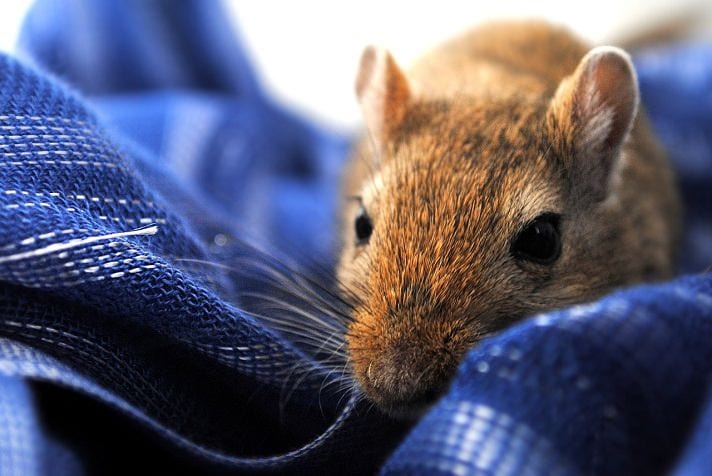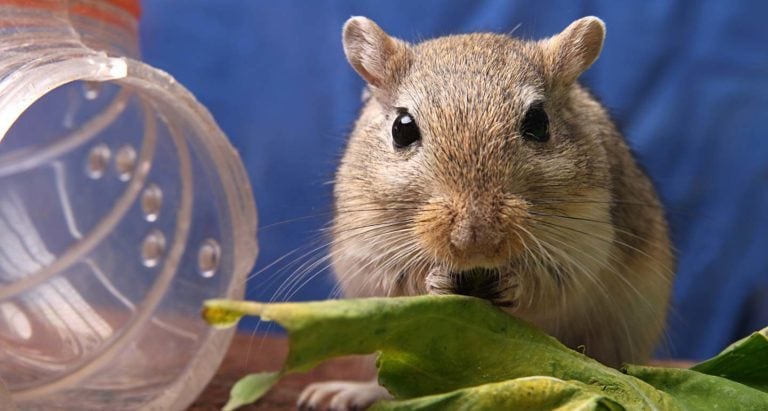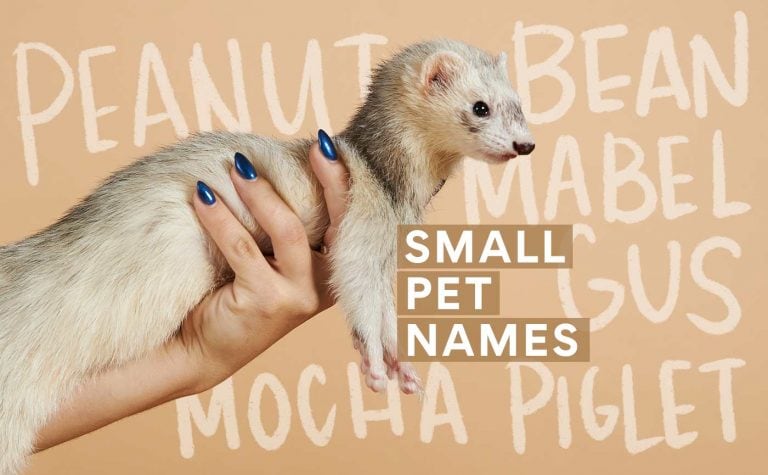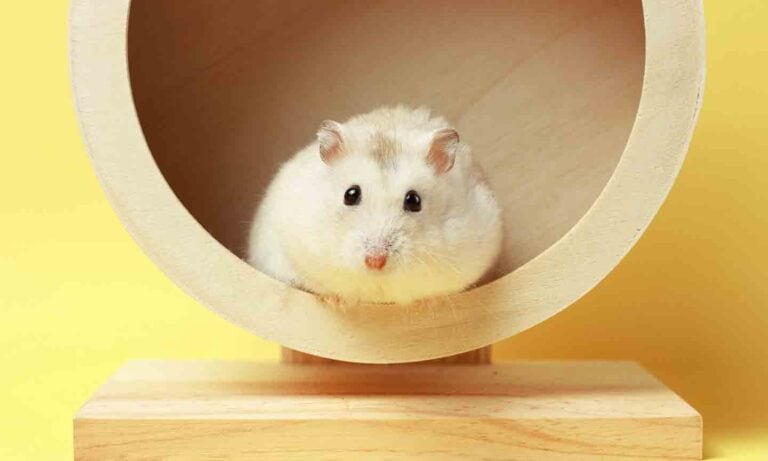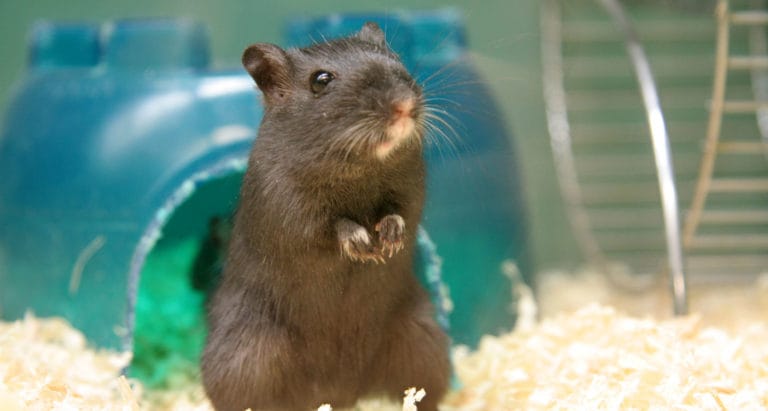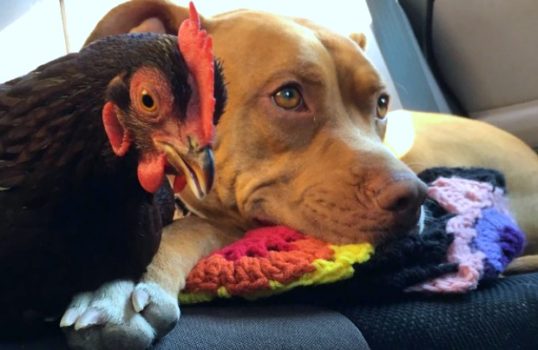Q.
I had two 1 1/2 year old gerbils, brothers, until earlier this evening when one died after suffering from a respiratory infection and seizures. Now his brother seems particularly lonely and disinterested, quiet but not lethargic like his brother was before he passed away. I read your response about “to befriend or not befriend” and just wanted to ask for a little more information, there are so many different opinions on the Internet, in books, and even between vets and pet shop owners that I have been ringing round frantically this afternoon.
You said in your article that you would recommend slowly introducing a young male gerbil to keep him company. My only problem is, when my current gerbil dies in a year or so, will I then go through an endless cycle of introducing young males to keep the older one company? I have seen a few suggestions that recommend introducing two young males from the same litter so that when my current gerbil dies the young ones will still have each other, but I’m very worried that my current gerbil will be even further pushed out if I did this.
Your second suggestion of an older female really surprised me, but it seems to make a lot of sense. I like the idea of them being closer in age. What would be the minimum age of a female that would ensure she could no longer have babies? Do you advise against getting another older male?
Finally, what would be the chances of my gerbil surviving alone? I’ve heard that more often than not they pass away very shortly after a friend dies. I don’t want to end up having two gerbils that don’t get along and both end up dying of loneliness.
A.
I’m sorry to hear of the loss of your gerbil boy. Yes, gerbils are social animals and depend on having another of their kind to groom, to explore together, to sleep with and for security (e.g., in the wild to watch out for dangers and foot-thump a warning). One of the pleasures of keeping pet gerbils is to watch their social interactions. If possible, find a new gerbil friend for your lone gerbil, especially since he is still young and will likely live 1 1/2 to 2 years longer.
Here are three companion possibilities.
1. Two Baby Males
Introduce your gerbil to two 5-week-old, male gerbil pups. All baby gerbils love adult males and think of them as a parent substitute. Most adult males like babies (this is not true of females!) and can be directly introduced to them in a neutral (freshly cleaned), 10-gallon aquarium without anything in it except litter, lots of food and water. You don’t want him to get territorial or for the babies to hide.
Wear a thick glove in case the adult gerbil doesn’t take to the babies at first. An adult can quickly injure or kill babies. If you have to separate them, put the male in a Kritter Keeper or other small container that the babies were in — this coats him with their smell and imprints it onto his brain. Then try introducing them again. If necessary, give the adult as many “time-outs” of a couple hours in the Kritter Keeper as necessary. Keep the Kritter Keeper within the larger cage resting on its side (so the babies can crawl on and around it, and he can get used to them).
2. Senior Female
Introduce your gerbil to a past-breeding age female gerbil. This requires a “split-cage” introduction that involves swapping the two gerbils between sides of a 10-gallon aquarium split by mesh wire for a week. Then the wire is removed. Again wear thick gloves! See the Care Handbook on the American Gerbil Society website for details on a split-cage introduction.
The female gerbil should be 2 1/2 years old, because females usually stop producing babies at about 2 years old. In this case, your male likely will outlive the female, but in a year you could introduce him to another female. These golden-year matchups are so sweet to watch. Often gerbil breeders will have a female that has been retired from breeding and is looking for a pet home.
3. Adult Male
Introduce your gerbil to a male about the same age. Don’t try a male that has lived alone his whole life; he likely won’t have great social skills. I’d recommend you contact a breeder to do this introduction (see the American Gerbil Society Breeder List), since this is the hardest of the three introductions, and it may take more than one gerbil to find a suitable friend.
Warning signs that a gerbil is distressed about living alone is that he sleeps a lot, gets fat (or stops eating and gets thin), spends most of his time hiding in his house, startles or seems skittish, or starts to nip or bite.
If your gerbil seems to be in good health and acting like his relaxed, active, normal self, and you decide to keep your gerbil alone, make sure he has a wooden house to hide in for security, lots of cardboard to gnaw, an interesting cage setup (e.g., a nice climbing branch), and free run time in a gerbil-proof area. Take him out and let him crawl on you and sit with you every day. Good luck!
By: Donna Anastasi
Featured Image: Via Etouale/Pixabay
Share:
